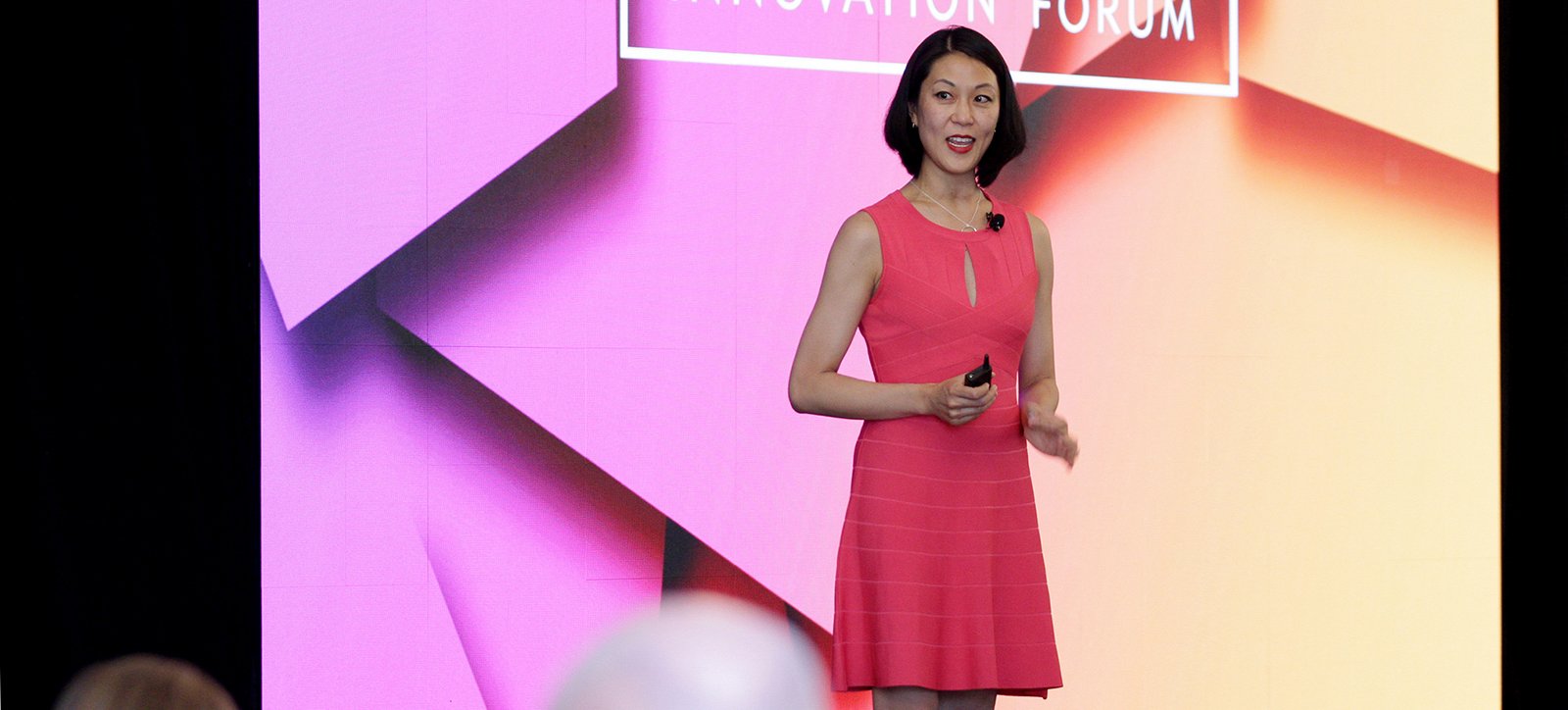The Great Place to Work Institute is an internationally renowned consulting firm that provides research, consulting, and training services to companies of all sizes. They are perhaps best known for their "Trust Index Survey," that uncovers the experiences of employees in relation to their workplaces. This survey is also used by Fortune magazine every year to create their annual ranking of the "100 Best Places to Work For."
Great Place to Work captures data for organizations like Whole Foods, REI, Etsy, Marriott, Delta, Mercedes-Benz, and has now launched a new initiative focused specifically on aging and senior services called Activated Insights.
Jacquelyn Kung, CEO of Activated Insights, spoke at the Senior Living Innovation Forum about the value of the data Great Place to Work captures when it is used to implement meaningful solutions, and outlines a key example.
Engaged Employees are Happy Employees
Most companies will claim that workforce is a top three priority, but there is a difference between making the claim and taking the action. For companies that rank among the 100 Best Places to Work, turnover is 50 percent lower than the national average of their competitors. Data from Great Place to Work shows that turnover can be halved with engaged employees. In fact, according to data gathered by the Trust Index Survey, for every one percent point increase in a company's Trust Index Score, there is a decrease in turnover of an equivalent one percent.
Kung outlines one standout example from their actual data pool: Chris, an ex-cop who was injured on the job and became the security director at a hospital, eventually working his way up to CEO. He distinctly remembers a time when he was security director that the CEO was walking past him in the hallway…and completely ignored him. From that moment he decided if he was ever in a place of influence he would acknowledge everyone and not just walk past them.
Several years ago, Chris was appointed the unenviable position of CEO of a company with high turnover, labor shortages, and union risk. The company had 27 locations with big and small sites, over 13,000 high needs employees (25 percent, versus 10 percent the national average), $20 million in operating losses, and customer satisfaction ranked below the tenth percentile.
To turn that ship around, he turned to data, convincing a frustrated board to use Great Place to Work's Trust Index for measurement and the Trust Model for execution. Because there was so much data already available supporting the Great Place to Work model's efficacy, the board got behind it.
And so they gathered the data, but more importantly, they used it—because it's not the data itself that matters, but how companies use it. They used the data to identify the gaps in employee satisfaction, and then chose three of the top four gaps to focus on (the one they did not focus on was pay, though they instead implemented some creative new benefits that didn't cost them anything to provide).
It's Not All About Foosball Tables and Stocked Break Rooms
Over six years, the company's Trust Index jumped from 50 to 78 percent; first year employee turnover dropped two-thirds; and customer satisfaction catapulted to the 94th percentile—because happy employees are also better employees. Also, as the Trust Index Score went up, so did profits.
The takeaway from this example, Kung explains, is that you don't have to have Google money—and all of the employee perks that money provides—to have satisfied, engaged employees and to be ranked in Fortune's top 100 list.
"A lot of naysayers say if you have money like Google, which is ranked number two in the Great Place to Work ranking by Fortune, then you have enough money to spend on free things for employees and then they'll be happy, but it doesn’t work that way," she says. "It's when companies focus on their employees that results show."
For the first time ever, Fortune is publishing a list of "Best Workplaces in Aging Services" this fall, in partnership with Great Place to Work's Activated Insights. This, Kung says, will finally give the senior services industry the recognition it deserves yet so often doesn't receive because it is so difficult for senior services organization to rise to the top in the larger industry of healthcare.
"When you create positive recognition, there's an increase in demand," says Kung. "In our case, this will create a demand jobs and an increase in applications. It can also help on resident side as well, because a great place to work also means residents receive better care."

Posted by
SLIF heads to Carlsbad!
The One of a Kind Retreat for Senior Housing Leaders.
May 31 - June 2, 2026 | Carlsbad, CA
Learn More









Comments